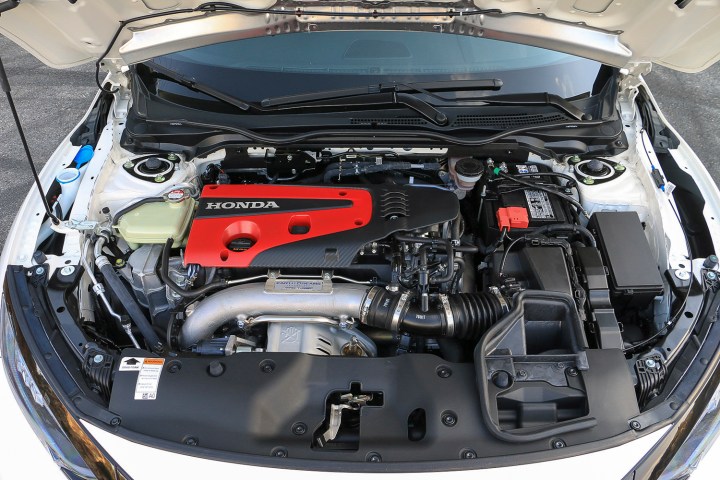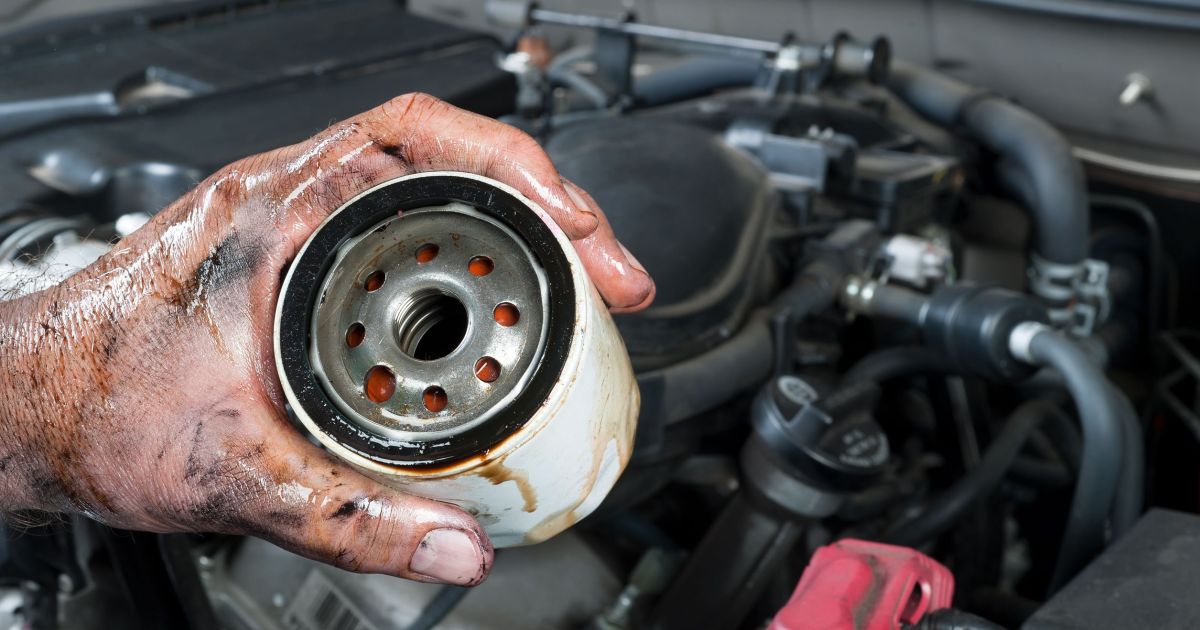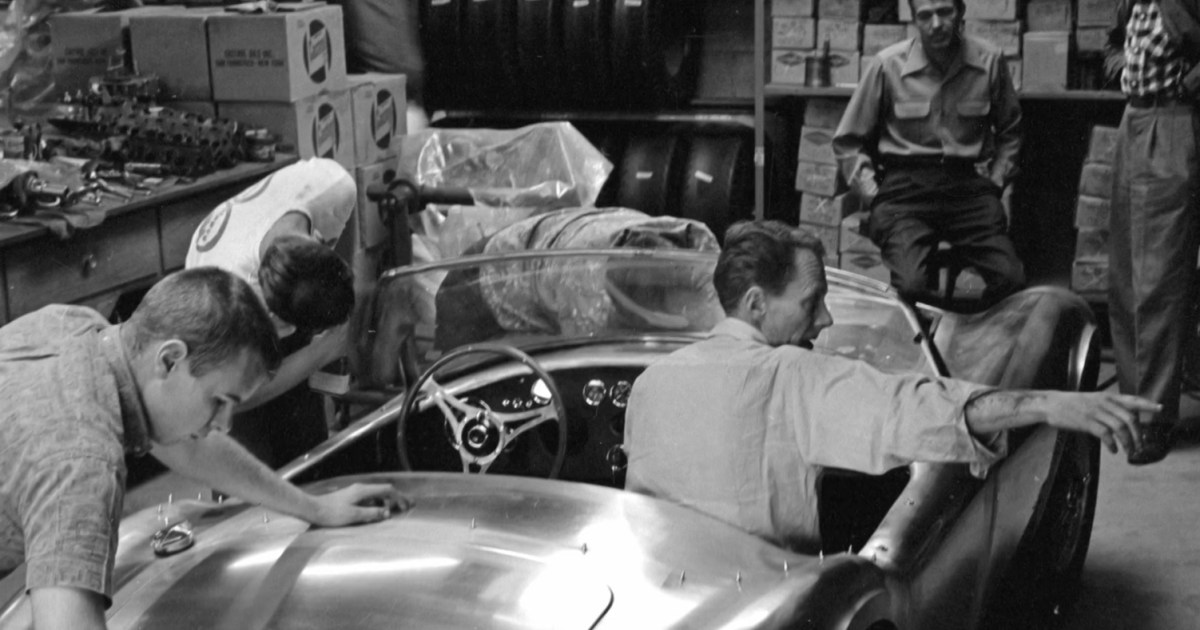Honda’s Variable Valve Timing & Lift Electronic Control (VTEC) is more than just a popular meme from the Fast and Furious franchise. While the phrase “VTEC just kicked in, yo!” is widely recognized, the actual mechanics behind this innovative technology are often misunderstood. This article delves into the inner workings of VTEC, explaining how it enhances engine performance and efficiency.

Engine Fundamentals and the Role of Air Intake
To understand VTEC, it’s crucial to grasp the basics of a gasoline engine. Four key elements contribute to horsepower generation: air, fuel, compression, and spark. VTEC primarily focuses on optimizing air intake. The camshaft, a crucial engine component, dictates the timing and extent of valve openings and closings, thus controlling the amount of air entering the engine. Lobes, raised sections on the camshaft, interact with rocker arms to open and close these valves. Larger lobes allow for greater valve opening, impacting airflow.
Camshafts and Valves: A Deeper Dive
The camshaft, a long rod typically positioned above the cylinder and piston, operates the valves controlling both intake and exhaust channels. One rotation opens the intake channel, allowing the air-fuel mixture into the cylinders. The spark plug ignites this mixture, initiating combustion. A subsequent rotation opens the exhaust channel while closing the intake, expelling exhaust gases. Simultaneously, pistons move up and down within the cylinders. Engines utilize either one or two camshafts, driven by a timing chain or belt.
The following video provides a visual explanation of this process (begin at approximately 49 seconds).
https://www.youtube.com/watch?v=-R0LvgywiWk[/embed]
Numerous factors influence an engine’s power output. Increased air intake generally leads to higher power due to accelerated combustion. However, excessive air intake can be detrimental. While the valve opening and closing process functions effectively at low revolutions per minute (RPM), performance can suffer at higher RPMs due to the rapid valve operation.

The VTEC Advantage: Variable Valve Control
Honda’s Australian division offers an insightful video explaining VTEC technology. Watching it before proceeding is recommended for a clearer understanding.
https://www.youtube.com/watch?v=7tTVYzuQs8s[/embed]
Unlike traditional engines with uniform camshaft lobes, Honda’s VTEC system employs two distinct lobe sizes: two standard outer lobes and a larger center lobe. At lower RPMs, only the outer lobes control the valves. As engine speed increases, the center lobe engages, causing the valves to open earlier and close later. This shift results in a sudden power surge and enhanced performance, accompanied by a distinct change in engine pitch – the signature “VTEC kicking in” sound.
https://www.youtube.com/watch?v=8OP2-nohEOw[/embed]
VTEC in Real-World Driving: Noticeable or Not?
The impact of VTEC depends largely on driving habits. Honda vehicles equipped with VTEC tend to offer better fuel efficiency across a broader RPM range than comparable cars, and they provide a more engaging driving experience under specific conditions. However, many drivers may not perceive the VTEC engagement in everyday driving. VTEC activates at higher RPMs, a range seldom reached under normal driving conditions, particularly in vehicles with automatic transmissions. However, for drivers who enjoy manual shifting and navigating winding roads, the effects of VTEC are more pronounced.










